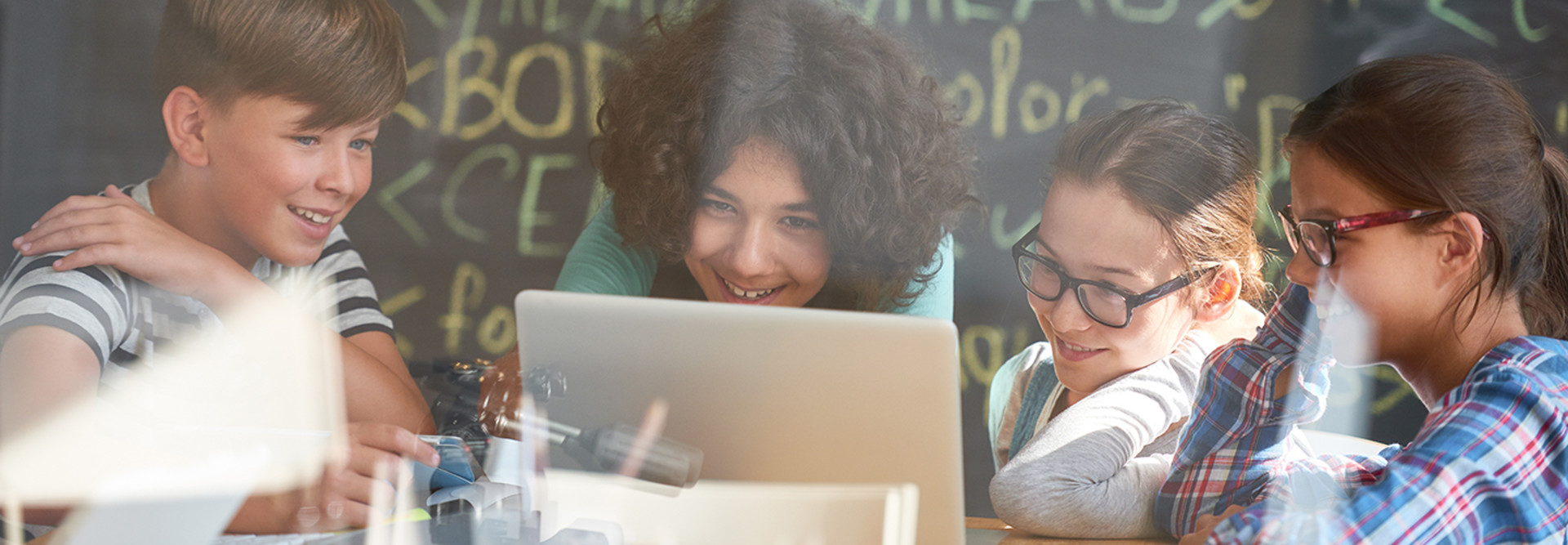Educators Use Skype to Foster Empathy Toward Other Cultures
Videoconferencing at the K–12 level truly has the power to knock down classroom walls. From creating opportunities for students to engage with experts as far away as Antarctica to bringing their favorite books to life, teachers have embraced Skype as a tool to broaden their students’ horizons.
When Skype in the Classroom — the platform that lets students engage in virtual field trips and mystery Skype sessions around the globe — launched, Tammy Dunbar, a fifth-grade teacher in Manteca (Calif.) Unified School District, immediately adopted the tool.
“I like being able to break down the classroom for all my students,” says Dunbar. “We’re a Title I school and most of my students haven’t ever left the area.”
Three years ago, as her classroom was getting one-to-one devices, Dunbar began using Skype to conduct mystery sessions with guest speakers from around the world. Dunbar recalls the sense of wonder when one of her students asked students overseas if they knew how to dab and soon everyone was dabbing via Skype.
“They realized there were kids like them in all other places, not just here,” she says.
SIGN UP: Get more news from the EdTech newsletter in your inbox every two weeks!
Creating a Global Understanding Through Tech
When her third-graders first come to her, they generally only think of the community around them, says Amy Rosenstein, an educator at Concord Road Elementary School in Ardsley, N.Y.
“Empathy and kindness come naturally with meeting people in different places,” says Rosenstein. “Even something as simple as saying ‘hi’ or singing a song with kids from another country or sharing artwork, it just makes people real.”
Rosenstein has been using Skype in her classroom for the last nine years. She started on an old webcam and now uses a high-quality camera mounted to her classroom’s SMARTBoard. She says her students are eager to sit on the rug in front of the camera and see who they are Skyping with next.
“Before, they would memorize where the continents were, but now that they know somebody in Kenya, they are really interested in knowing where Kenya is on a map,” she says.
Both Dunbar and Rosenstein use their Skype connections to let their students collaborate on solutions to big global issues. Students in Dunbar’s class took part in a clean water initiative and learned about drinking water conditions from around the globe. She says this is really where her students compassion shone through.
“We know technology is going to be a huge part of the future. So not only am I preparing them for that kind of world, but by using tech to teach them empathy and compassion, I hope I’m sending students out to make the world a better place,” she says.
Best Practices for Getting Started with Videoconferencing
The biggest piece of advice both Dunbar and Rosenstein have for other educators is to not be intimidated by the technology.
“Even in my district where we’ve gone one-to-one, there are still teachers who are a little fearful,” says Dunbar. “The students need to see you struggle; it’s a teachable moment. When they see us overcome something, they can be inspired.”
Rosenstein agrees, telling educators not to be discouraged by the possibility of technical difficulties and to start small by making a connection on the Skype in the Classroom page.









